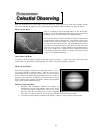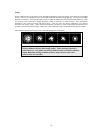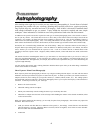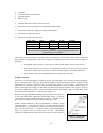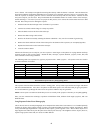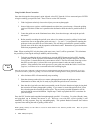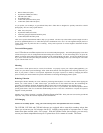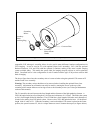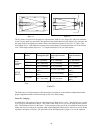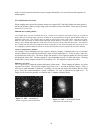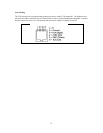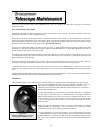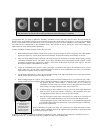47
• Konica 3200 (color print)
• Fujichrome 1600D (color slide)
• 3M 1000 (color slide)
• Scotchchrome 400
• T-Max 3200 (black and white print)
• T-Max 400 (black and white print)
As you perfect your technique, try specialized films, that is films that are designed or specially treated for celestial
photography. Here are some popular choices:
• Ektar 125 (color print)
• Fujichrome 100D (color slide)
• Tech Pan, gas hypered (black and white print)
• T-Max 400 (black and white print)
There is no exposure determination table to help you get started. The best way to determine exposure length is look at
previously published photos to see what film/exposure combinations were used. Or take unguided sample photos of
various parts of the sky while the drive is running. Always take exposures of various lengths to determine the best
exposure time.
Terrestrial Photography
Your CGE makes an excellent telephoto lens for terrestrial (land) photography. Terrestrial photography is best done
will the telescope in Alt-Az configuration and the tracking drive turned off. To turn the tracking drive off, press the
MENU (9) button on the hand control and scroll down to the Tracking Mode sub menu. Use the Up and Down scroll
keys (10) to select the Off option and press ENTER. This will turn the tracking motors off, so that objects will remain
in your camera's field of view.
Metering
The CGE has a fixed aperture and, as a result, fixed f/ratios. To properly expose your subjects photographically, you
need to set your shutter speed accordingly. Most 35mm SLR cameras offer through-the-lens metering which lets you
know if your picture is under or overexposed. Adjustments for proper exposures are made by changing the shutter
speed. Consult your camera manual for specific information on metering and changing shutter speeds.
Reducing Vibration
Releasing the shutter manually can cause vibrations, producing blurred photos. To reduce vibration when tripping the
shutter, use a cable release. A cable release keeps your hands clear of the camera and lens, thus eliminating the
possibility of introducing vibration. Mechanical shutter releases can be used, though air-type releases are best.
Blurry pictures can also result from shutter speeds that are too slow. To prevent this, use films that produce shutter
speeds greater than 1/250 of a second when hand-holding the lens. If the lens is mounted on a tripod, the exposure
length is virtually unlimited.
Another way to reduce vibration is with
the Vibration Suppression Pads. These pads rest between the ground and
tripod feet. They reduce the vibration amplitude and vibration time.
CCD Imaging
Fastar Lens Assembly Option – Using your CGE telescope at f/2 with optional Fastar Lens Assembly
The CGE800, CGE1100 and CGE1400 telescope are equipped with a removable secondary mirror that
allows you to convert your f/10 telescope into an f/2 imaging system capable of exposure times 25 times
shorter than those needed with a f/10 system! With the optional Fastar lens assembly you can easily
convert your Fastar compatible telescope to f/2 prime focus use in a matter of seconds. The Fastar



